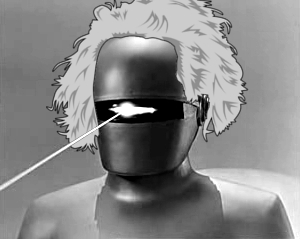New minds check over Einstein's maths
 New tests have re-affirmed some classic points of physics.
New tests have re-affirmed some classic points of physics.
A team from the US has been exploring any possible limits of Einstein's time dilation theory, knowing that it has been experimentally verified many times.
The team was looking for the slightest deviations in experiments with increasing precision or under extreme conditions.
For this purpose, the University of Utah physicists accelerated ions to velocities near the speed of light, and illuminated them with a laser.
The results confirmed the time dilation Einstein predicted for high velocities in the theory of relativity, with an accuracy that has never before been achieved.
Einstein's prediction that the frequency of a clock depends on its speed is one of the strangest consequences of the theory of relativity.
Since macroscopic clocks cannot be brought to sufficiently high velocities, the scientists used atomic clocks in the form of singly charged lithium ions.
Einstein himself proposed the basic principle of the experiment, and it was carried out for the first time in 1938 by Ives and Stilwell using hydrogen atoms; proving time dilation with an accuracy of 1 per cent.
In modern experiments, these clocks are read using two laser beams. One of the beams is travelling in the same direction as the ions and is illuminating the ion from the "back", whereas the other one is counter propagating, illuminating the ion from the "front".
Photodetectors are used to observe the florescence of the ions, as light can be continuously emitted only when both lasers simultaneously excite the ions with the resonant frequency.
When the signal is at a maximum, the frequencies of both lasers are measured.
“According to the theory of relativity, the product of these frequencies divided by the product of the known resonance frequencies of the ions at rest must be precisely 1. Any deviation from this would mean that the formula for time dilation is incorrect” explains physicist Dr Wilfried Nörtershäuser.
The result confirms Einstein's prediction to be accurate at a 2 ppb (parts per billion) level, which is about four times more accurate as in the previous experiment, which was carried out at the Heidelberg Test Storage Ring (TSR) at 6.4% of the speed of light.
The report, ‘Test of Time Dilation Using Stored Li+ Ions as Clocks at Relativistic Speed’, is available here.








 Print
Print